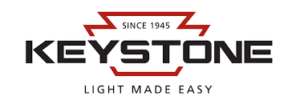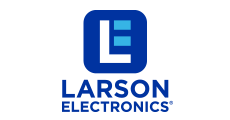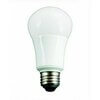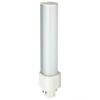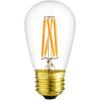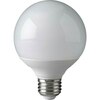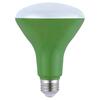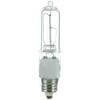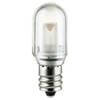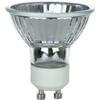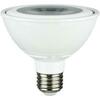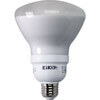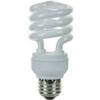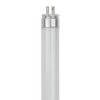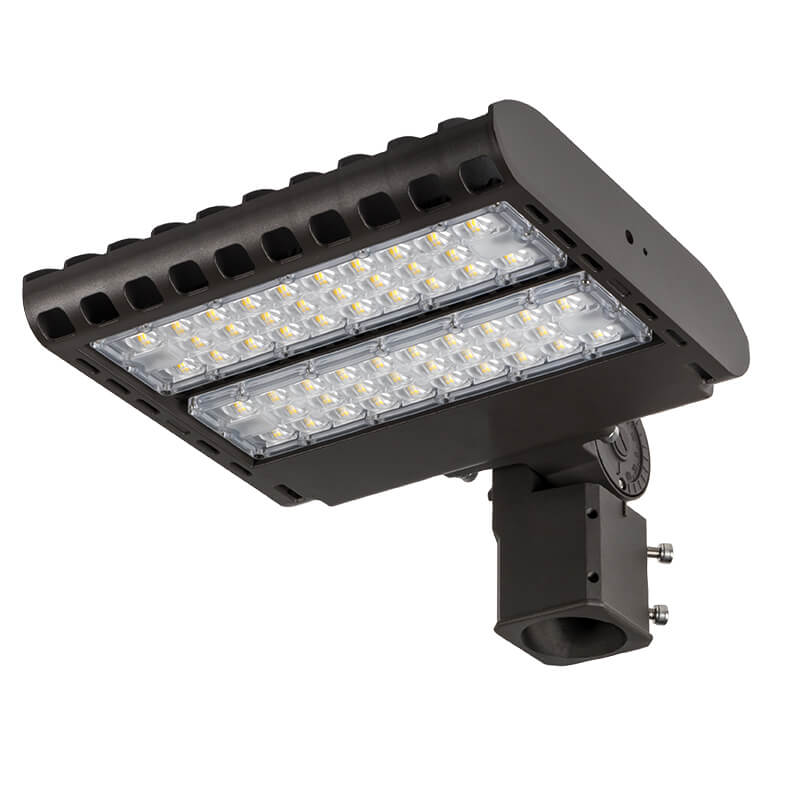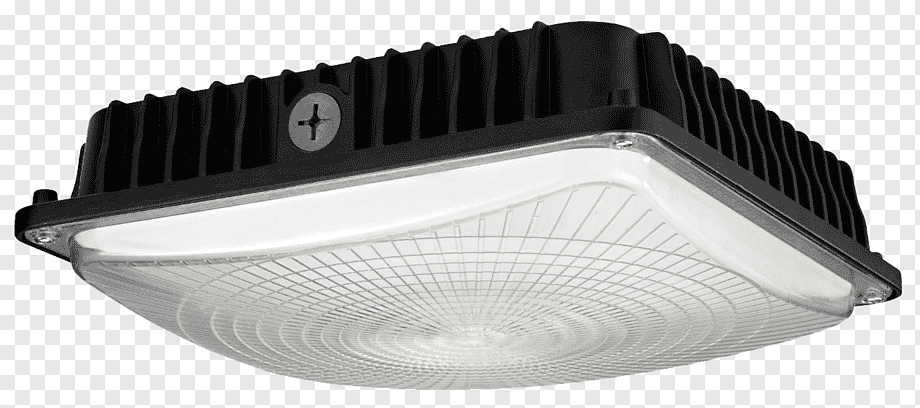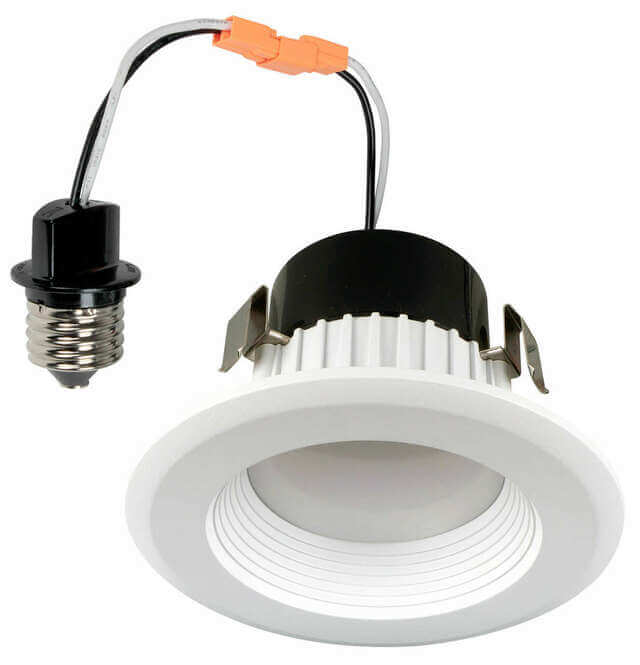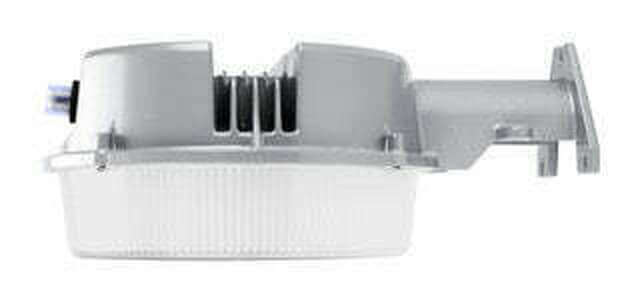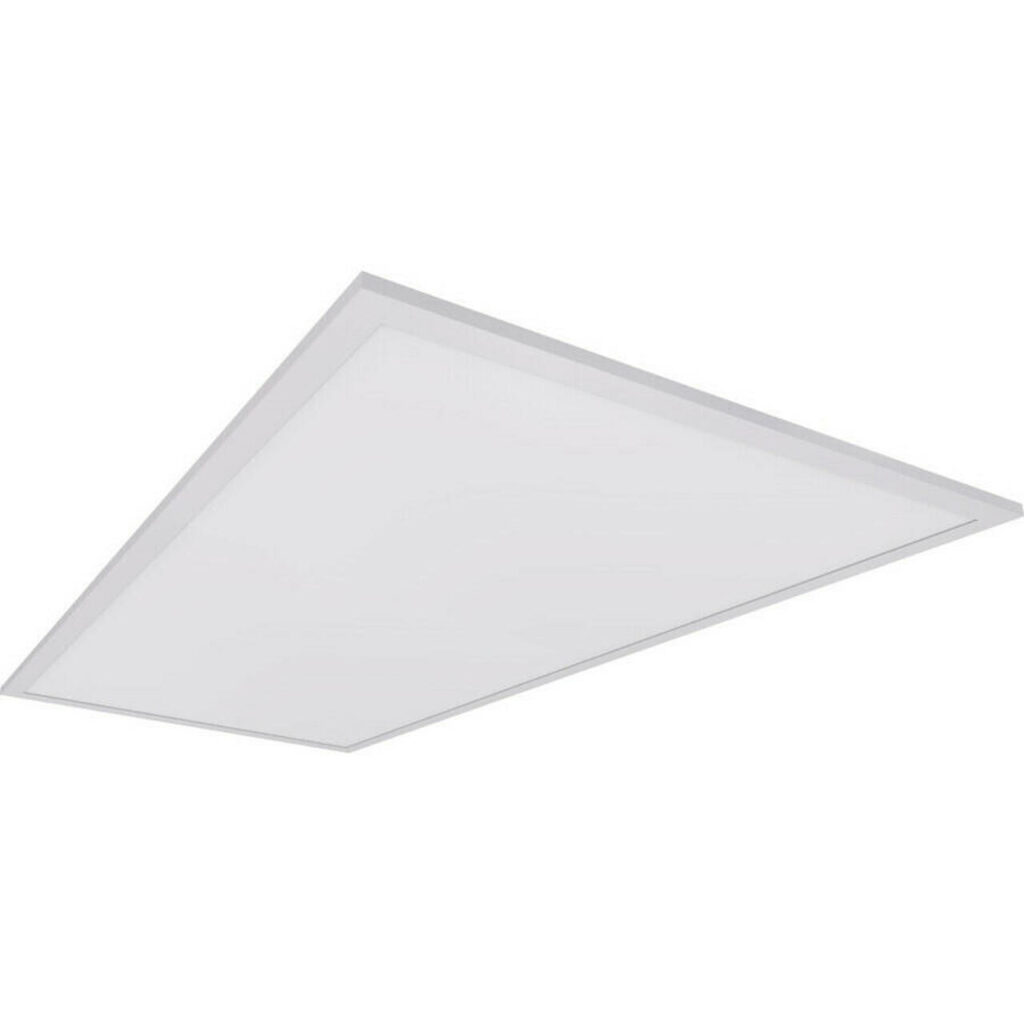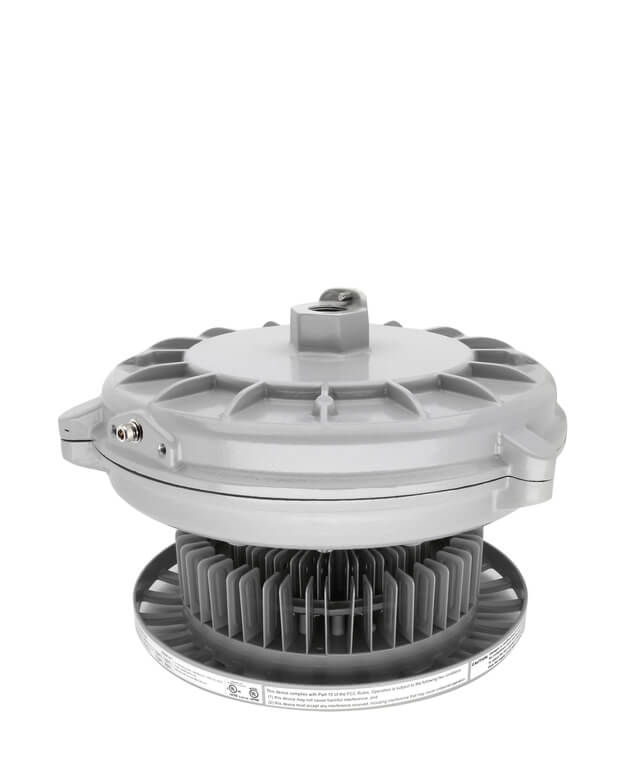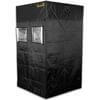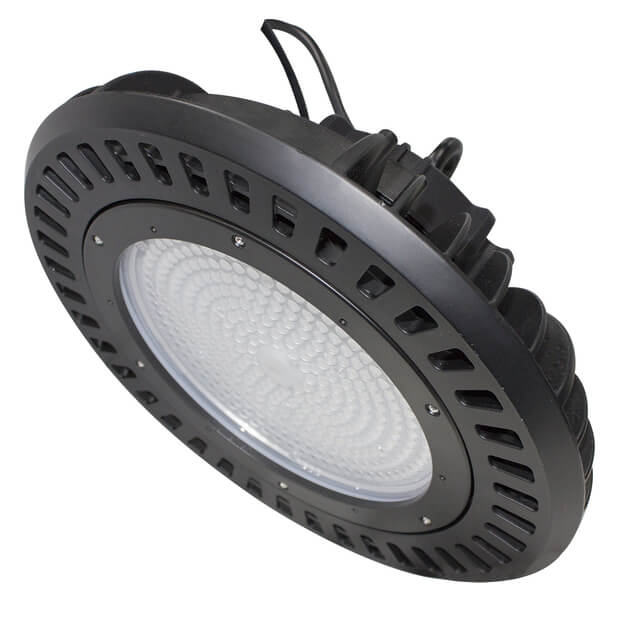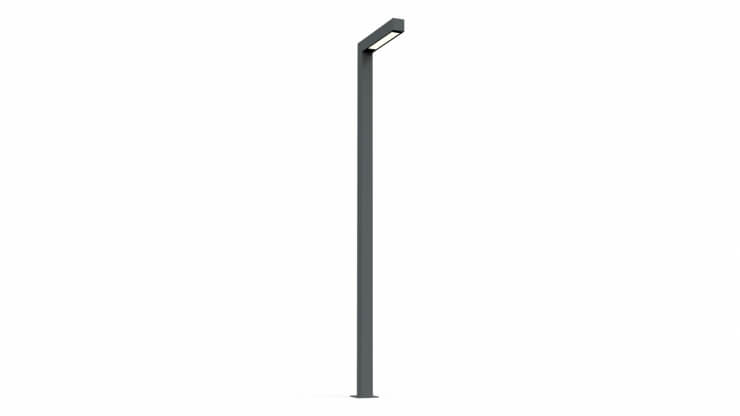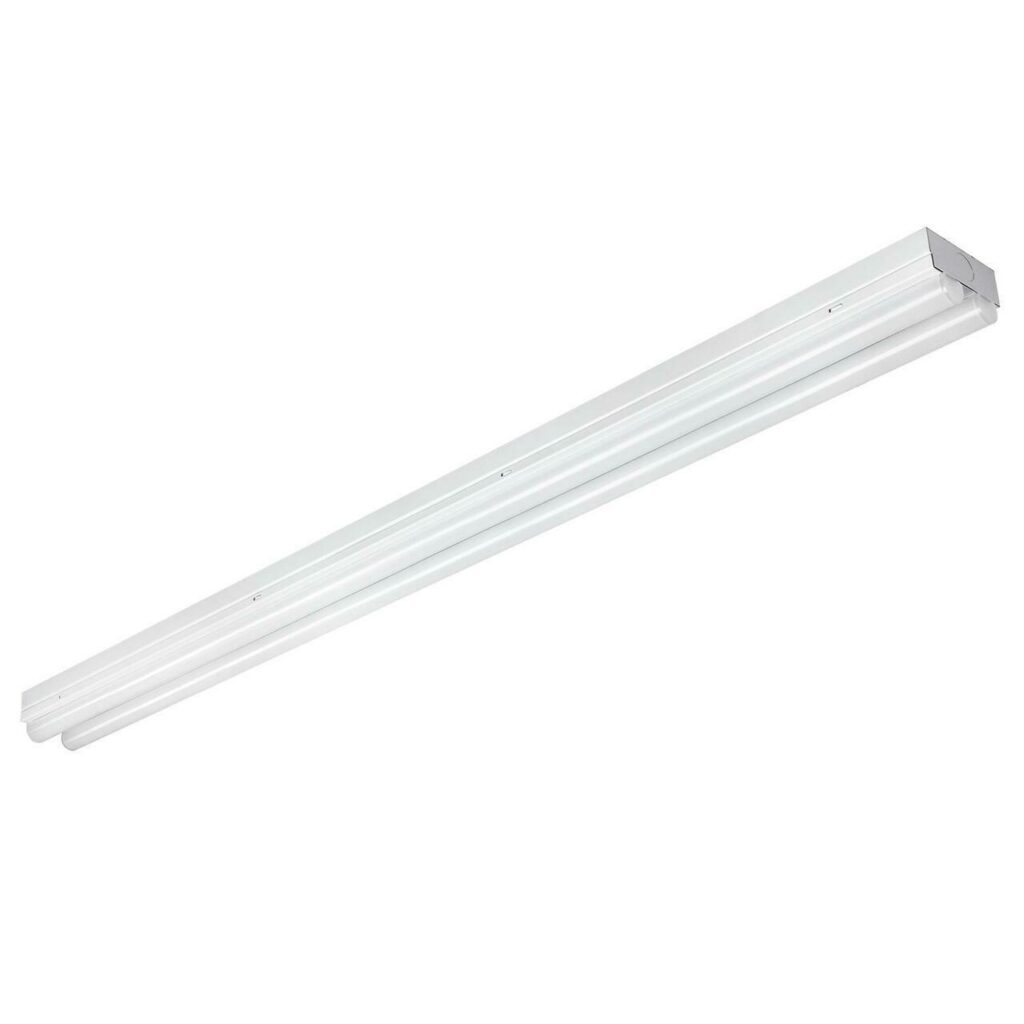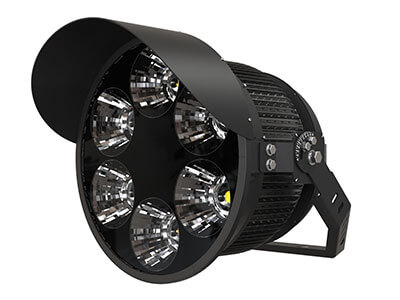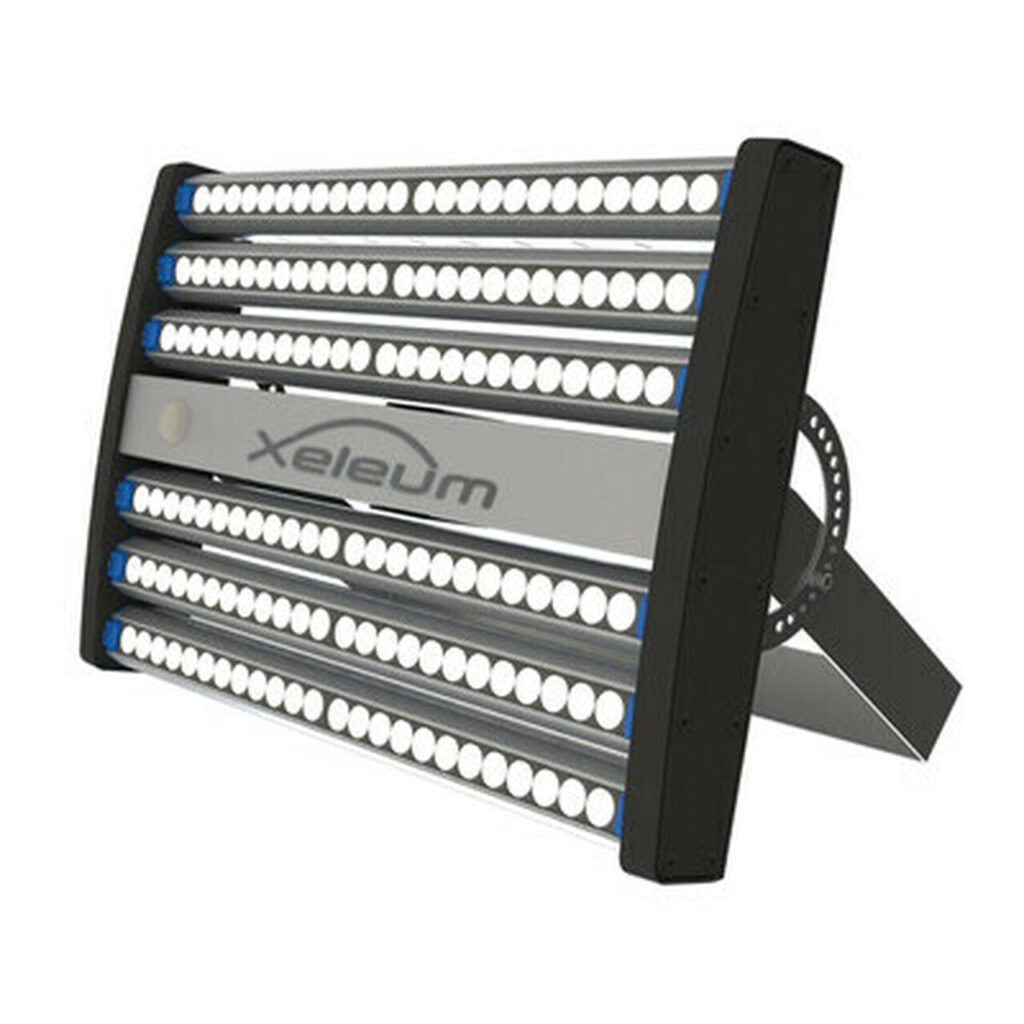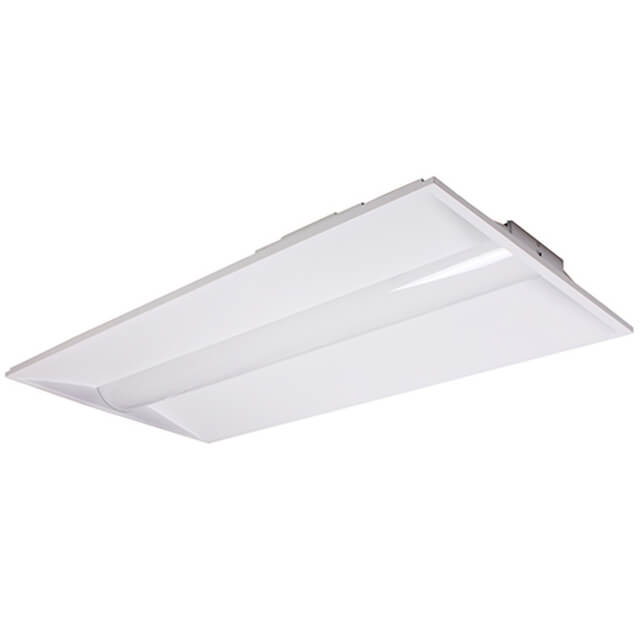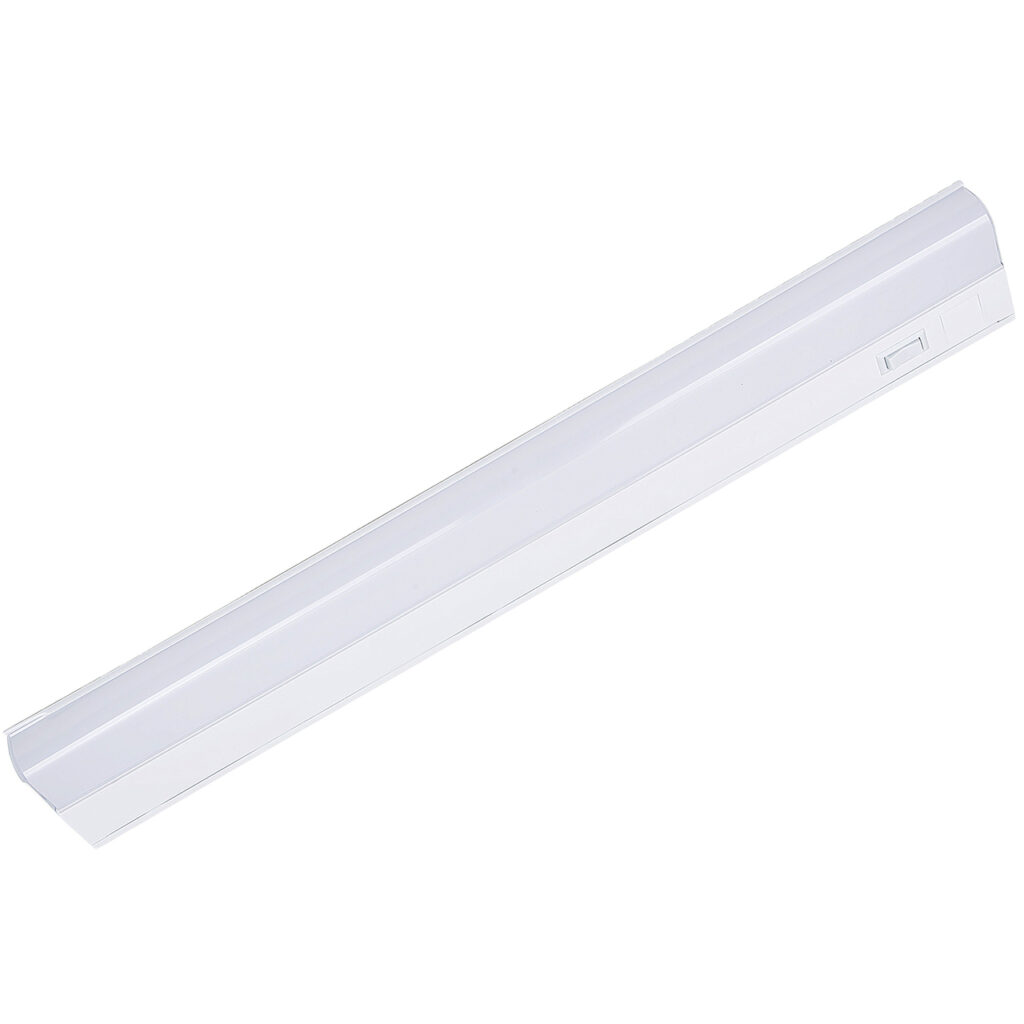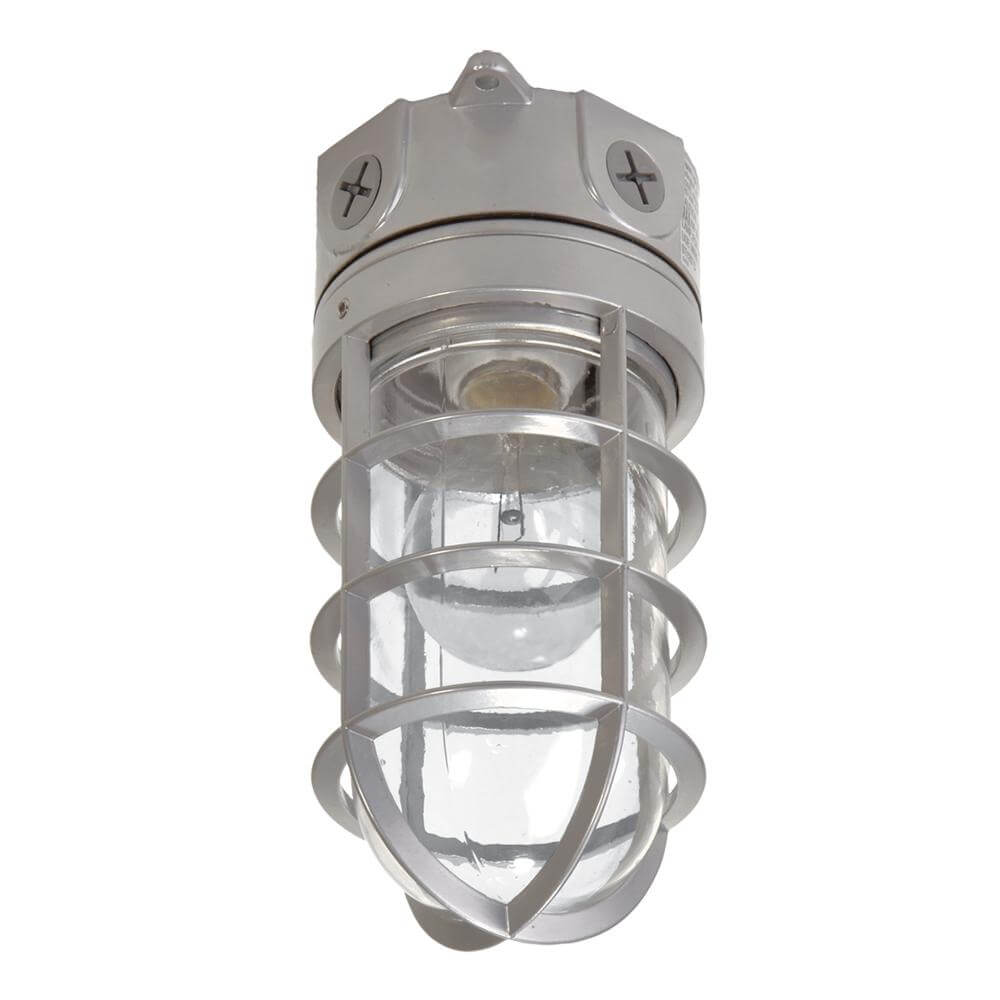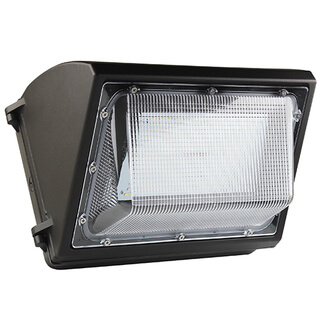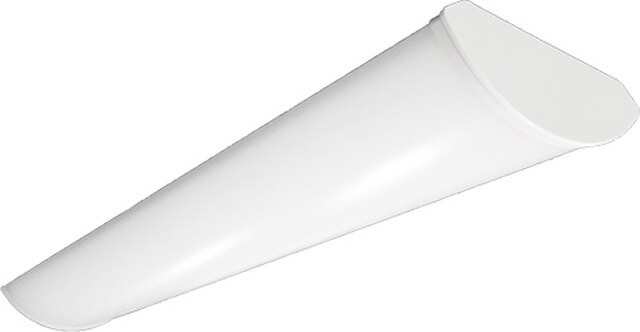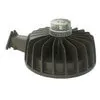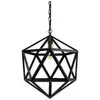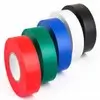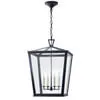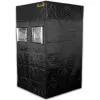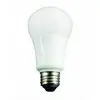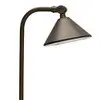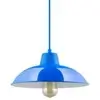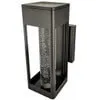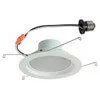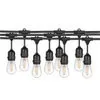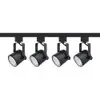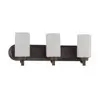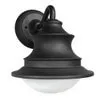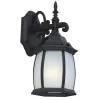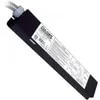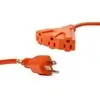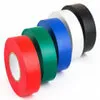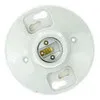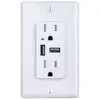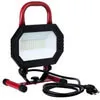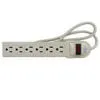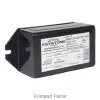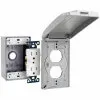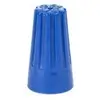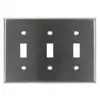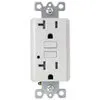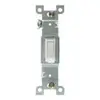Color temperature is a method of describing the light appearance that light bulbs emit. It measures how yellow or blue (warm or cool) the light is from a particular source is. It will be calculated from the Kelvin degrees (K) with a scale from 1000 to 10000. When the numbers are going higher than 1000, the light becomes cooler, and when that number goes down, the light becomes significantly warmer.
Usually, Kelvin temperatures are used for the residential and commercial lighting applications where we see a scale coming from 2000K to 6500K. The color temperature of different types of light bulbs letting us know what we should feel and expect with the light production. The color temperatures of a bulb are assigned with basic, which is being correlated with the CCT (correlated color temperature).
Why are Color Temperatures Important for the Lighting?
When we talk about the light’s color temperature, we always refer to the coldness and the warmth of the light. As we said earlier, warm lights appear yellow while cooler lights appear the blue and white colors.
Artificial lights are considered a versatile tool, and we can utilize them to transform a space. It can also be used for the public areas to enhance its performance and within the private establishments to give decorative or functional lighting solutions. Color is considered an essential condition for all lighting applications, and it is more than a typical light efficacy.
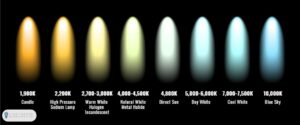
Warm Light Colors
Residential lights producing within the range of 2000K to 3000K are considered warm white colors. Red and yellow colors are deemed to have a huge flattering through clothing and skin tones. So these color temperatures are pretty popular to be used in living spaces.
Color temperatures under 2700K are considered more standard in the bedrooms and living rooms as they create a cozy atmosphere. When choosing the color temperature for your space, you have to be severely concerned about its finishing and the color palette used with the designs.
You can move up to the 3000K soft white color temperatures or for higher ranges to apply them in areas requiring more visual tasks. Examples on these places are the home office, kitchen, bathroom, and laundry room. These are the spaces where relaxation and warmth are not considered the main priority, and on the other hand, they are increasing the cooler color temperature to have more clarity.
Try to take advantage of lighting, which has all the warm temperatures covered by the energy-efficient options at your home. It is better to select bulbs that are creating a soft light under the 2700K temperatures. Or you can move up to the 3000K lights as it is not a problem no matter what temperature light is you are going to choose, choose a better lightning solution that maximizes the savings with minimum maintenance.
Cold Light Colors
Blue and green are the cooler light temperatures that we considered to have a high end within the Kelvin scale. Cooler lights are best known to produce a greater contrast. So they are much preferred to be used on the task lighting within the kitchen or bathroom vanity.
If you think that the neutral white lights are important for you, you can look for the color temperatures coming under 3100K – 4500K. These ranges are the cool white and the bright whites, which have the highest color temperatures, showing you the slight blue tints. These temperatures seem so bright and will offer a great cleaned look for your space more than those warm temperatures. As usual, most kitchens and bathroom vanities seem to be white, so when you use these cool lights, you can create a sterile and clean environment there.
Grey and blue colors look so crisp and clean when they are under the cool white lights of 4000K. For the areas of your bathrooms and the kitchen, it is more important to concern about practicality. You can achieve this through several cool lights available to mimic the natural daylight for your space.
Try to choose 3500K color temperatures for your living spaces where we use warm and earthy tones more. If you have a home décor set and a paint scheme that has some coolest colors, you can choose the bulb options that come from a range starting from 4000 to 4500 kelvin. Choose the bulbs which are providing a daylight color temperature with crisp lights. If it is holding a little bluish tone of white, that would be great. This kind of color temperature is mainly used within the lightning of residential and security places.
You should not mix your color temperatures within a room. Once you have decided what look, you will create, and what feelings you will put on it, you have to stick on the same color temperature bulbs. You should use them for the requirement of maximum practicality also.
Color Temperatures of Lighting with Moods
Color within the lights is also affecting the moods and perceptions of humans. Light colors sometimes become transformative, and each of the color lights has a unique wavelength that affects our physiology and psychology. Proper lighting is always offering numerous benefits to its users. When there is a work area where we don’t see natural light, use the blue color or cooler colored lights as they increase employees’ alertness with a reduction of eye strain.
Lights tones come with Warm and middle colors like yellow also create relaxing, inviting, and the intimating spaces. When you use the red light, it improves the memory of a human and gives more attention to the details.
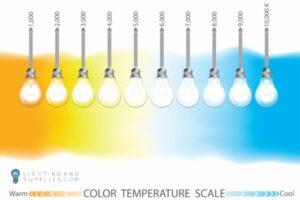
Different Color Temperatures for Common Kelvin Temperatures
Color temperatures of your light have to be chosen based on the need and the place. You can determine this within the process of lighting design. Take an example of warm light comes from 2700 to 3000 Kelvin. Those are the perfect colors for the home and will make you the exact environment that you ever need.
The yellow glow emits from these light bulbs are creating a warm and cozy atmosphere to become relaxed. But these are not the optimal options for productivity. Warm lights are making such a high contrast, and your eyes may have to work a lot to adapt to it. So these color ranges are not helpful for an office place or a working environment as they will need some cooler lights to come under 3500 to 5500 Kelvin.
So here are the typical color temperatures of the lights bulbs with their sources.
- 1800K – sunset r sunrise and the candle flame
- 2400K – standard lamps of incandescent
- 2550K – lamps of soft white incandescent
- 2700K – fluorescent of soft white compacts and the LED lamps
- 3000K – warmer white compacted fluorescent and the LED lamps
- 3200K – photofloods or the studio lamps
- 5000K – lamps of Tubular fluorescent or the daylight/white compact fluorescents
- 5500 to 6500K – overcast, daylight, and the electronic flash
- 6500 to 9500K – LCD or the CRT screens
- 15000 to 27000K – cleared sky of blue poleward
Conclusion
Color temperatures play a leading role in the lighting and the mood you want to get from places, depending on the light color type you choose. Cool color temperatures are the best fit for the working environment, while warm colors are the best fit for making it cozy. So we have to choose the right color solutions for the right place. Otherwise, we cannot create the feeling or the lighting features we have always wanted to develop in that place. So think wise and choose the proper color temperatures that you want for your interior.
Shop all lighting online at Lighting and Supplies!
Need Help Finding the Right Bulb?
As one of the best wholesale lighting distributors in the United States, Lighting and Supplies provides a wide variety of indoor and outdoor light bulbs to accommodate all commercial and residential lighting and electrical component project needs. For home owners, electricians, contractors, lighting engineers, project managers and more, we can help source the lights you need by providing a lighting quote or creating a proposal for the right lights in your lighting specification process or next lighting design project.
Click here for more information about Lighting and Supplies or Contact us today at 888-325-4448 or email us at [email protected]!




